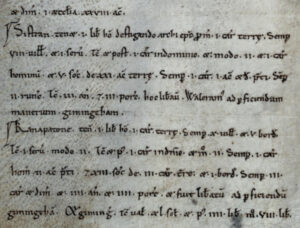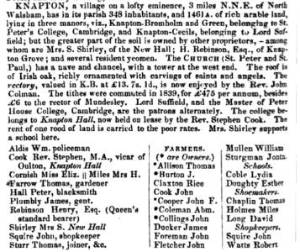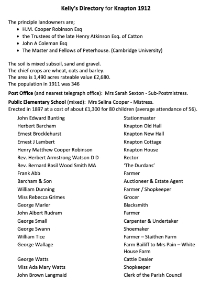Let’s look at Knapton’s timeline and see how we got here…
We look at artefacts that have been found and recorded, archaeological surveys that have been carried out, historical records dating from the Domesday Book to the current day and scholar writings etc as we seek answers to our questions such as;
who were our founding fathers… when was the first settlement created…
” …archaeological remains across the eastern half of the site … define a truncated late Saxon and early medieval settlement phase with evidence of pits, postholes and ditches”
Architectural Solutions
We take a look at the archaeological Survey that was commissioned by the developers before they put a spade in the ground.
The results finally gave reliable credence to both the idea that Knapton has been around longer than many villages around us, and the theories as to how it got its name.
quick link | Our Saxon Heritage



